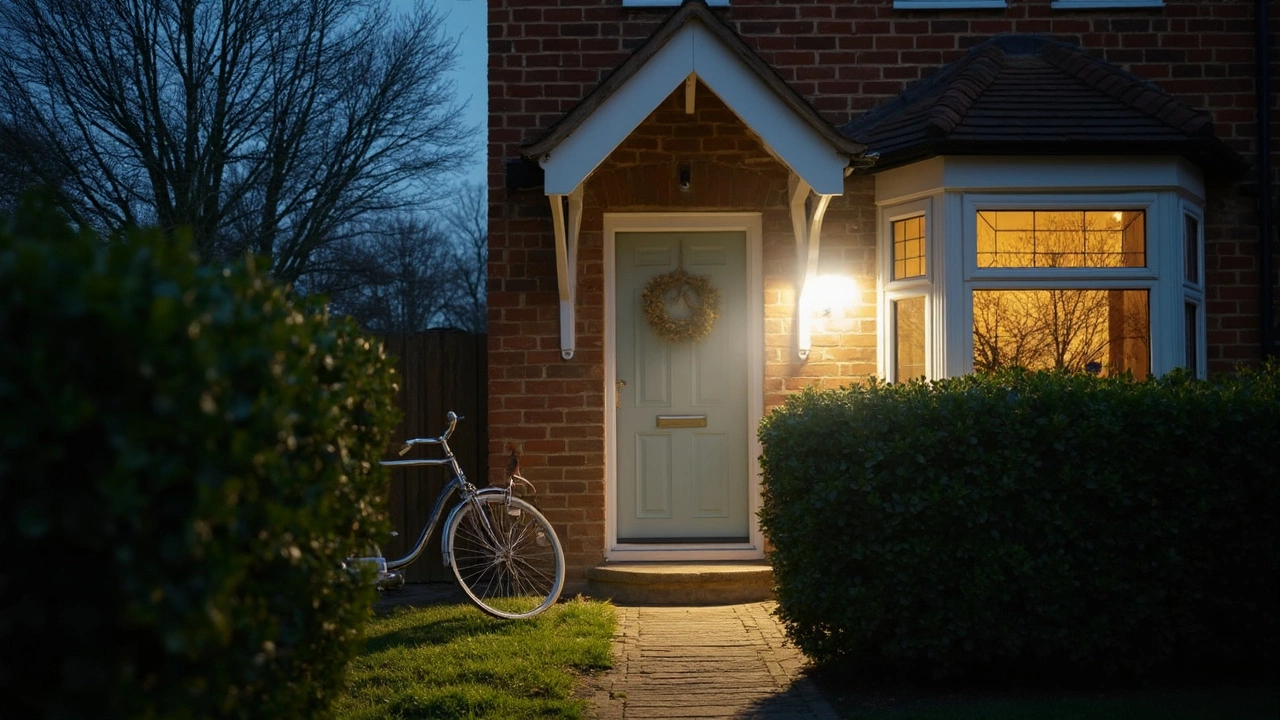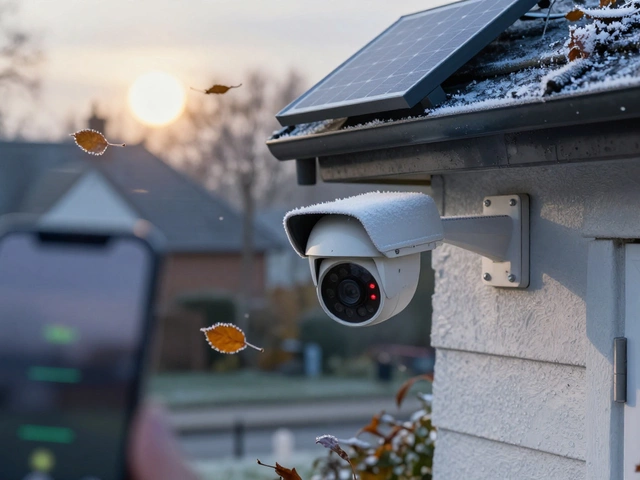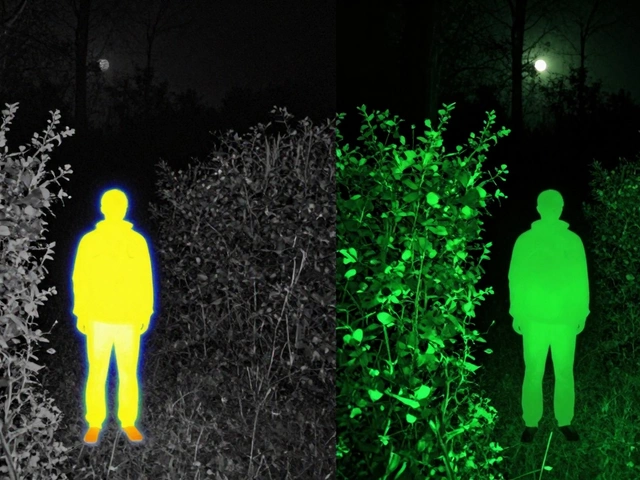Security Lighting: Simple Ways to Keep Burglars Away
Ever walk past a house with bright lights on all night and think, "That place feels safe"? You’re not imagining it – good lighting can actually stop a break‑in before it starts. In this guide we’ll cover the basics of security lighting, how to pick the right fixtures, and a few smart tricks to get the most out of every bulb.
Choosing the Right Lights
First thing’s first: not all lights are created equal. For security you want bright, wide‑angle illumination that covers doors, windows, driveways, and any dark corners where a thief could hide. LED floodlights are a solid choice – they’re cheap to run, last for years, and give a crisp white light that eyes can spot from a distance.
If you’re on a budget, start with the most vulnerable spots. A motion‑sensor floodlight above the front door is cheap and only turns on when someone approaches, saving energy and drawing attention when it does. Pair that with a steady‑on porch light so visitors can see who’s at the door without triggering an alarm.
Don’t forget the backyard. A well‑placed LED strip along the fence line or a path light with a wide beam will make it harder for anyone to sneak through unnoticed. Aim the light at ground level – a low angle creates shadows that expose movement, while a high angle can blind an intruder and make them think they’ve been seen.
Smart Setup Tips
Now that you have the right fixtures, it’s time to make them work for you. Connect motion sensors to a timer so lights stay on for a few minutes after they’re triggered. This gives you a clear visual cue that the system is active and can scare off someone who was hoping to stay hidden.
Integrate the lights with your home security system if you have one. Most modern systems let you set up alerts when a light turns on – you’ll get a push notification on your phone the moment something moves. Even if you don’t have a full alarm, a simple app‑controlled smart plug can do the trick.
Keep maintenance simple. Clean the lenses regularly; dust and spider webs reduce brightness and can create blind spots. Check the battery levels on wireless sensors every few months – a dead sensor is useless, and changing a battery is a quick win for security.
Finally, think about timing. Lights that stay on 24/7 may become background noise for neighbours and even your own eyes. Use a dusk‑to‑dawn sensor to automatically turn lights on at sunset and off at sunrise. Combine this with motion‑triggered lights for a layered approach: the house is always lit at night, but extra bright flashes happen only when movement is detected.
Bottom line: good security lighting is about visibility, deterrence, and smart automation. Pick bright LEDs, focus on entry points, add motion sensors, and link everything to a notification system. With these steps you’ll make your home a lot less attractive to burglars and a lot more reassuring for you and your family.







